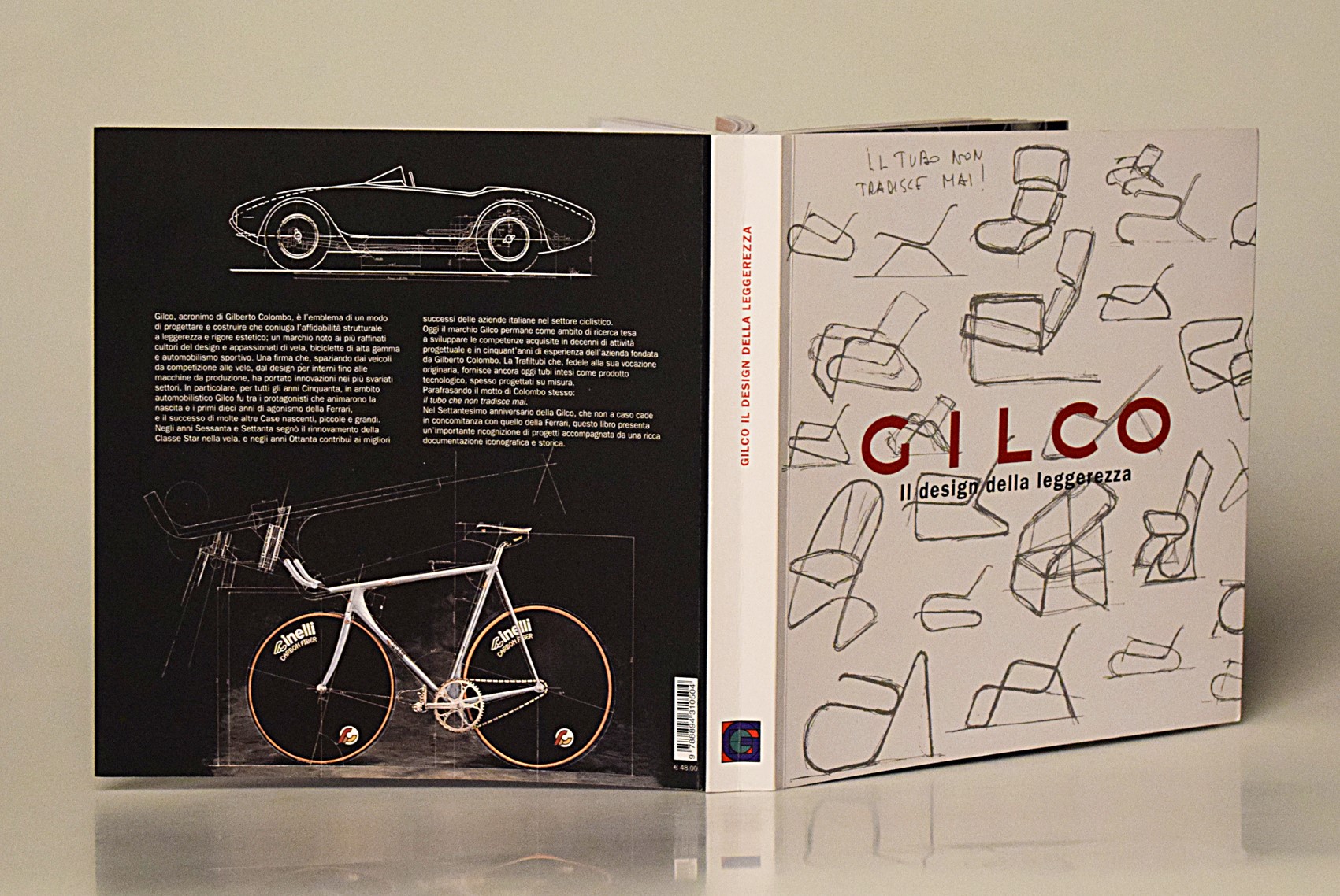In the late 1930s, as a university engineering student, Gilberto Colombo began studying the technical qualities of special steel tubing and discovered his passion for technical design, which he went on to develop with growing success in a wide variety of fields.
In 1946 he met Enzo Ferrari and began collaborating with him on the design of racing cars, devising tubular chassis that were extraordinarily light and high performing. When Ferrari decided to build his racing cars in-house, Gilberto Colombo created a Formula One chassis with oval cross-section tubing that blended exceptional lightness and rigidity. Out of this project came the chassis for the Ferrari 125, fitted by Gioachino Colombo (no relation) with a 12-cylinder 1500cc engine and featuring Houdaille dampers (or shock absorbers). Thanks to its innovative frame, the car weighed only 650 kg against the Maserati 2000’s 720 kg.
The exceptional lightness of Gilco’s chassis is apparent in the models illustrated in the company’s first catalogue, published in 1947: from Gilco 750 Sport’s 32 kg to the 88 kg of Isorigid. The latter was an exclusive skeleton frame devised by Gilberto Colombo, consisting of a top part welded to a tubular chassis made of longitudinal and cross pieces, which together provided the entire support of the vehicle. Despite their lightness, these chassis displayed remarkable resistance and stability thanks to the innovative materials and cold-drawing techniques used.
In 1947 the 125 driven by Cortese won its first race at the Terme di Caracalla circuit in Rome. Gilco and Ferrari thus made their exploit in auto racing together, and continued their exclusive relationship throughout the 1950s, with all Ferrari racing cars featuring chassis from Gilco Autotelai.
To celebrate the 1952 and 1953 F1 World titles, Enzo Ferrari gave Gilberto Colombo a trophy with a bronze prancing horse and plaque with the inscription: “To Gilco with gratitude”. Mr Ferrari then repeatedly tried to convince Gilberto Colombo to set up the Gilco laboratory in Maranello as an integral part of his enterprise, but Colombo could not accept the offer, wanting to continue to manage his cold-drawing factory. In the late 1950s, however, Colombo collaborated with Ferrari when the automaker created its own in-house chassis department.
Throughout this period, Gilco provided chassis not only for the Ferraris driven by pilots of the calibre of Fangio, Ascari and Villoresi, but also for several Maseratis, Stanguellinis, Nardis and cars of other brands.
At that time, Gilco Autotelai was delivering 25-30 chassis per trimester, completing each chassis in an average of 15 days, and involved in other projects, including car body designs for the most important automakers of the period. Today many of those designs are catalogued and carefully preserved in Gilco’s historical archives.


